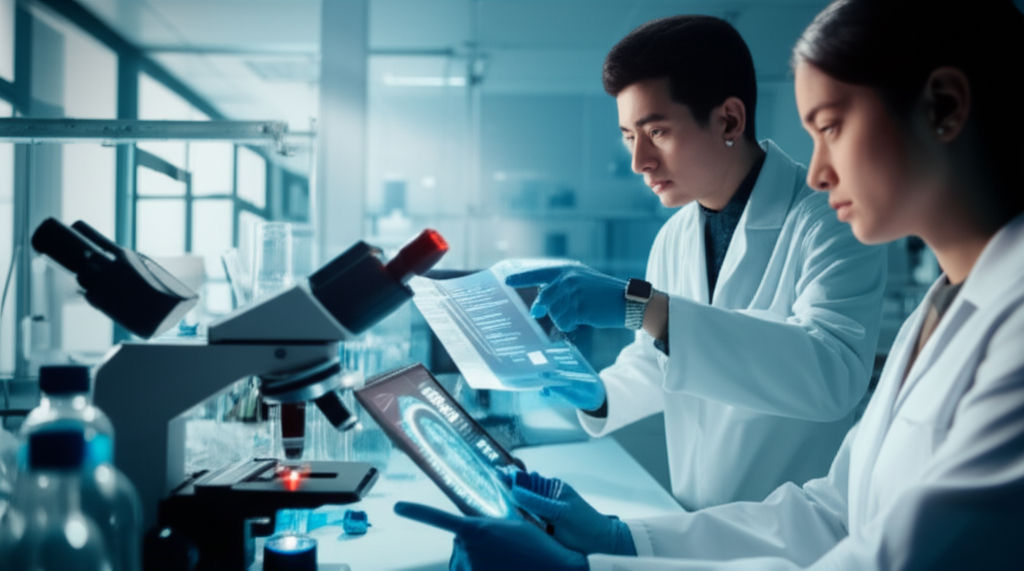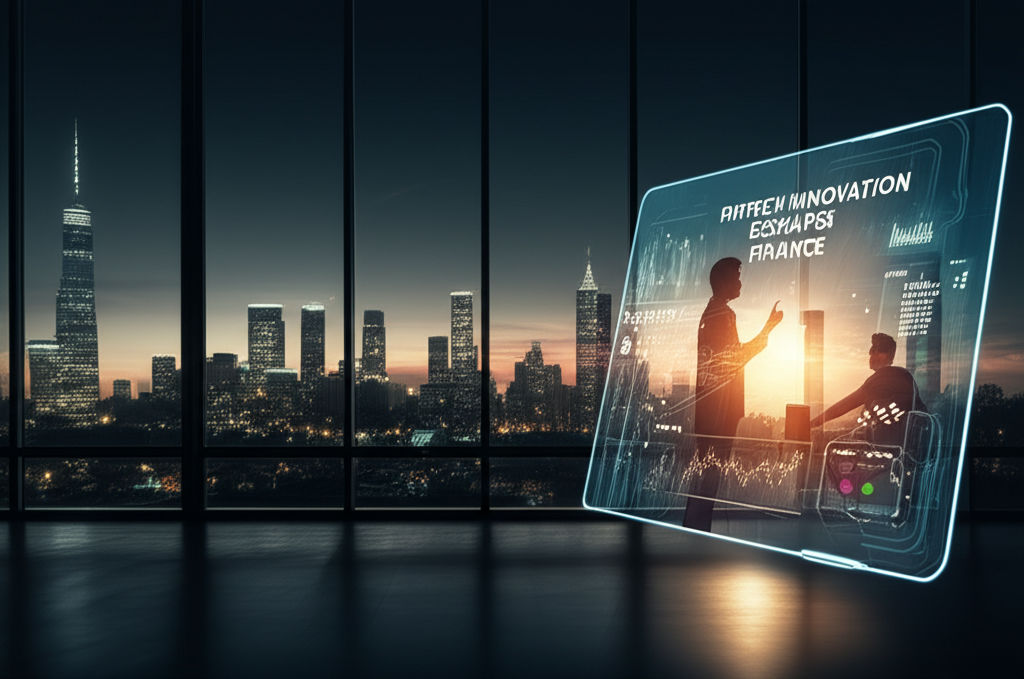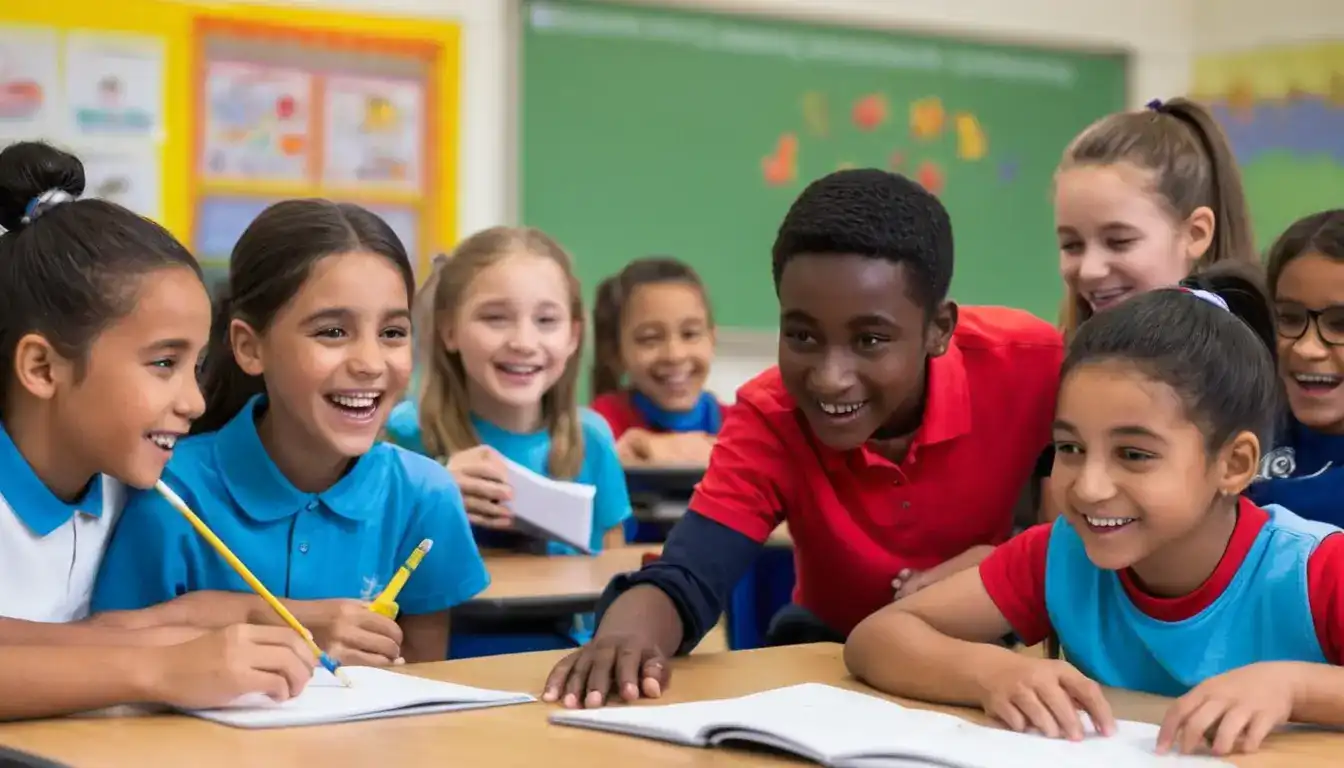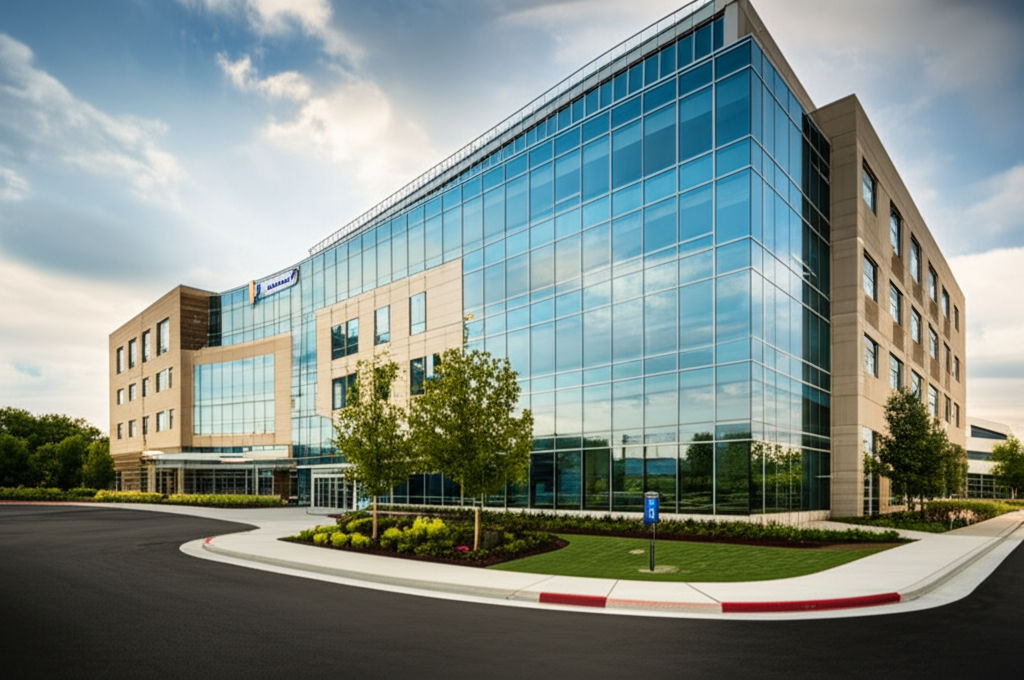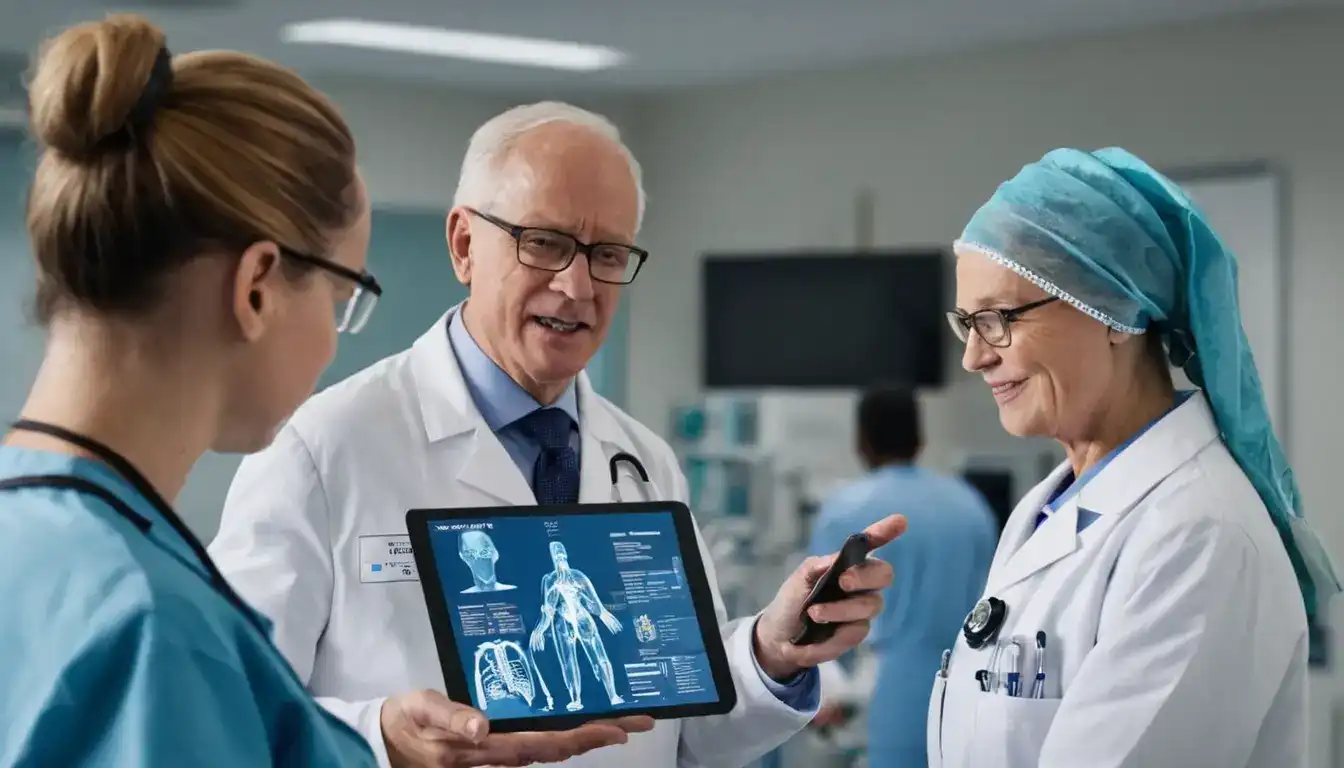Inside the Education Building
Emily Willis
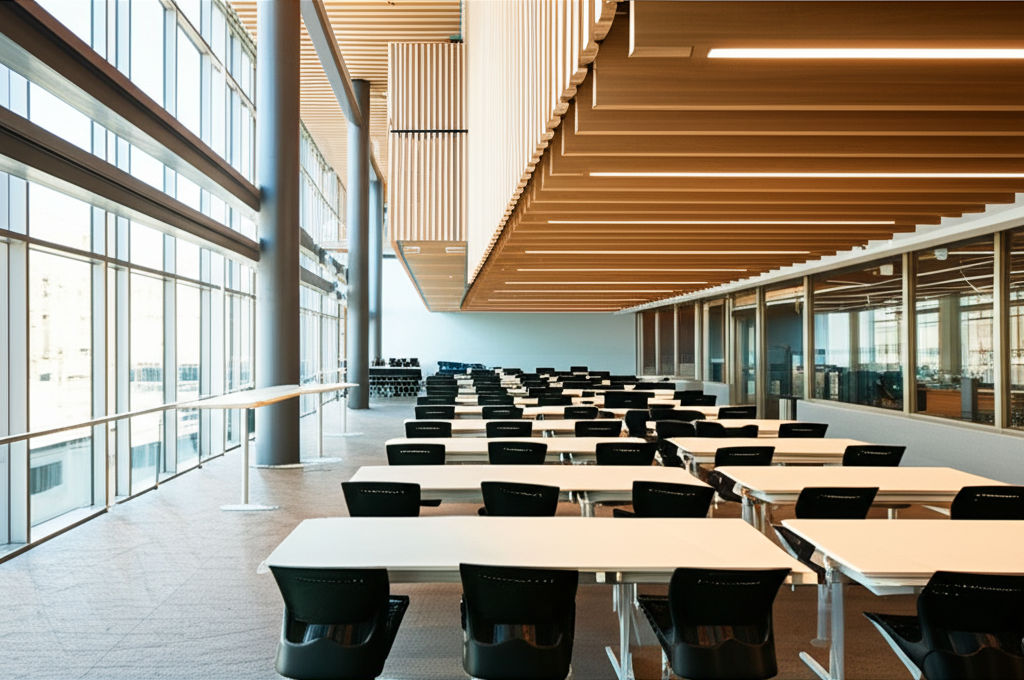
Photo: Inside the Education Building
Inside the Education Building: More Than Just Walls and Classrooms
The phrase "education building" might conjure images of traditional brick structures with rows of desks, but in reality, these vital spaces are far more complex and dynamic. They are the crucibles where minds are shaped, futures are forged, and communities often find their heart. From cutting-edge learning environments to nurturing spaces designed for student well-being, modern education buildings are evolving rapidly. This article delves into the multifaceted world of these essential structures, exploring their purpose, design, and profound impact on learners and society.
More Than Just Bricks and Mortar: The Philosophy of the Education Building
An education building is fundamentally a physical manifestation of a society's commitment to learning and growth. It's not merely a shelter from the elements; it's a carefully crafted environment designed to facilitate the intricate process of teaching and learning. Research consistently underscores that thoughtful school design is not merely cosmetic; it plays a pivotal role in enhancing learning outcomes, student engagement, and overall well-being.
The Purpose Beyond Walls
At its core, an education building serves as a dedicated space for formal and informal learning. It brings together students, educators, and resources, creating an ecosystem focused on intellectual, social, and emotional development. The goal is to help students fulfill their potential, and the physical environment is a significant factor in achieving this. A well-designed educational environment can significantly influence student engagement, encourage innovative teaching methods, and support the diverse needs of all learners.
A Hub for Growth and Discovery
Beyond academic instruction, these structures often serve as community anchors, fostering a sense of belonging and providing vital resources. Many schools are increasingly functioning as "community hubs," integrating support services that extend beyond traditional education to address the holistic needs of students and their families. This can include everything from health services to family support programs, reinforcing the idea that the education building is a central point for community cohesion and development.
Designing for Learning: How Spaces Shape Minds
The design of an education building has a direct, measurable impact on the learning process. Studies have found that factors like natural light, acoustics, temperature, and space layout can significantly affect student performance and well-being.
Classroom Innovations: Beyond Desks in Rows
Traditional classroom layouts are giving way to more dynamic and adaptable designs. Modern classroom design emphasizes flexibility, collaboration, and the seamless integration of technology.
- Flexible Learning Environments: One of the most significant trends is the shift towards flexible, modular spaces that can be easily reconfigured to suit different teaching methods and learning activities. Movable furniture, lightweight desks and chairs, and adaptable layouts allow educators to create zones for group work, individual study, or lecture-based instruction, promoting collaboration, creativity, and adaptability. This also gives students more autonomy and accommodates different learning preferences, fostering a more inclusive environment.
- Integrating Technology Seamlessly: With technology becoming an integral part of education, modern classrooms are designed to support digital learning tools. This includes interactive whiteboards, tablets, laptops, charging stations, and wireless connectivity. The integration of IoT (Internet of Things) and AI (Artificial Intelligence) in educational facilities offers numerous benefits, from real-time monitoring of systems to personalized learning platforms and immersive virtual reality simulations.
- The Role of Natural Light and Green Spaces: The inclusion of natural light in school building design has been linked to improved mood, increased concentration, and even higher scores on standardized tests. Large windows and skylights reduce reliance on artificial lighting, creating a more welcoming and vibrant space. Incorporating natural elements, known as biophilic design, into school environments is not just about aesthetics; it creates healthier, more stimulating learning environments, reduces stress, and increases focus. Outdoor learning spaces are also gaining popularity, with classrooms designed to allow easy access to the outdoors.
The People Inside: Fostering a Thriving Community
An education building is only as effective as the community it serves. Its design must consider the needs of everyone who uses it – students, teachers, staff, and parents – to create a truly supportive and productive environment.
Empowering Educators and Staff
A well-designed and maintained school positively impacts not only students but also teachers. Teachers in physical learning spaces that meet modern environmental and educational criteria are often more motivated and enthusiastic. Features like proper ventilation, natural lighting, and comfortable classroom sizes contribute to a motivating atmosphere for imparting knowledge. Furthermore, flexible layouts and integrated technology empower educators to adopt diverse teaching methodologies and engage more effectively with students.
Prioritizing Student Well-being and Safety
Student well-being is intrinsically linked to the design of learning spaces. Ergonomically designed furniture, appropriate lighting, and well-ventilated classrooms enhance comfort and minimize distractions, promoting better focus and engagement. Inclusive design principles ensure accessibility for all students, regardless of physical ability or learning style, fostering a sense of belonging and community. This includes providing choices in seating, creating clearly defined learning "zones," and ensuring a sense of security through controlled access and visibility throughout learning spaces. Safety upgrades, such as secured entry vestibules, impact-resistant glazing, and electronic access control systems, are becoming increasingly common to protect students and staff.
Engaging Parents and the Wider Community
Schools often serve as the social heart of a community, bringing people together through various events and shared facilities. Designing schools as community hubs strengthens social connections and enhances learning environments by creating flexible, multipurpose spaces that serve both students and the wider community. This can involve sharing school facilities with community groups, offering co-located services like kindergartens or health centers, and fostering partnerships with local businesses. Such integration maximizes spatial efficiency and streamlines educational and social programs.
Beyond the Classroom: Specialized Learning Zones
A modern education building extends far beyond traditional classrooms, offering a variety of specialized spaces designed to support diverse learning needs and activities.
Libraries and Media Centers: Evolution of Knowledge Hubs
Once quiet repositories of books, libraries and media centers have transformed into dynamic, multi-functional knowledge hubs. They are now collaborative spaces equipped with digital resources, interactive displays, and areas for both individual research and group projects. They remain vital for relaxation and quiet time, but also serve as central points for accessing information in various formats.
Labs, Studios, and Workshops: Hands-On Learning Spaces
For practical and experiential learning, dedicated labs, art studios, music rooms, and workshops are crucial. These spaces, including "makerspaces," are designed for hands-on, collaborative, and creative work, allowing students to experiment, build, and acquire practical skills. They are often versatile and transformable, accommodating various STEM (Science, Technology, Engineering, and Mathematics) activities and fostering creativity.
Recreational and Collaborative Areas
Beyond formal learning, education buildings incorporate spaces for recreation, social interaction, and informal collaboration. Gymnasiums, sports facilities, cafeterias, and common areas are vital for physical activity, social development, and relaxation. Breakout areas, shared lounges, and comfortable seating encourage students to interact, exchange ideas, and learn from one another, fostering essential communication and collaboration skills.
Navigating Challenges and Embracing the Future
The landscape of education is continuously evolving, and so too are the demands on the education building. Challenges like aging infrastructure and budget constraints necessitate strategic planning and innovative solutions.
Adapting to Evolving Educational Needs
The future of educational facilities is poised for further transformation, driven by rapid technological advancements and shifting educational paradigms. Schools are embracing concepts like "innovative learning environments" (ILEs) that link space and technology with active learning approaches to develop 21st-century skills. This involves creating flexible, adaptable, and responsive environments that cater to personalized learning and blended learning models.
Sustainability and Smart Building Concepts
Sustainable school design is gaining significant traction, focusing on creating healthy, efficient, and ecologically friendly learning facilities. This includes using eco-conscious materials, integrating solar panels, rainwater harvesting systems, LED lighting, and green roofs to reduce carbon footprints and lower operational costs. Smart building technologies, leveraging the Internet of Things (IoT) and AI, are enhancing functionality and efficiency through real-time monitoring of systems, optimized energy usage, and improved air quality and hygiene.
The Blended Learning Revolution
The pandemic underscored the crucial role of technology in education, facilitating the shift to remote and hybrid learning. This has led to a greater emphasis on creating digital solutions and "future-ready frameworks" that emphasize flexibility and adaptability to accommodate emerging technologies. Blended learning environments, combining online and face-to-face instruction, are becoming a norm, requiring infrastructure that supports seamless connectivity and interactive digital tools.
The Enduring Legacy of the Education Building
Ultimately, the education building is a testament to humanity's ongoing pursuit of knowledge and progress. It is a place where generations connect, ideas flourish, and the foundations for a better future are laid. From its architectural design to the innovative technologies housed within, every aspect of
Latest ✨
View AllStrength training, also known as resistance training, is a versatile form of exercise that can be tailored to suit people of all fitness levels and goals. It offers a myriad of benefits for overall health and athletic performance, including improved muscle strength and tone, enhanced metabolic rate, support for joint health, increased bone density, and enhanced athletic performance. Strength training also boosts mental health, aids in disease prevention, improves functional fitness, promotes better sleep, supports weight management, increases longevity, improves posture, enhances flexibility and mobility, and encourages healthy lifestyle choices.
Emily Willis
time management for academic success, providing reasons why it is crucial and practical strategies to improve time management skills. It highlights the benefits of effective time management, such as meeting deadlines, enhancing productivity, reducing stress, and balancing academic and personal life.
Emily Willis
Unpack the Health Sciences Division! Learn how this critical, multidisciplinary field drives well-being, research, and global health progress.
Emily Willis
Demystify market forces! Learn how supply and demand shape prices and quantities in this beginner's guide to everyday economics.
Emily Willis
Business
View All
August 5, 2024
Global Economic Trends to Watch in 2024 and Beyondglobal economic outlook for 2024 and beyond, highlighting key trends and strategies for businesses, policymakers, and individuals. It emphasizes the need for agility and adaptability in the face of economic turbulence and the pursuit of balance.
Emily Willis
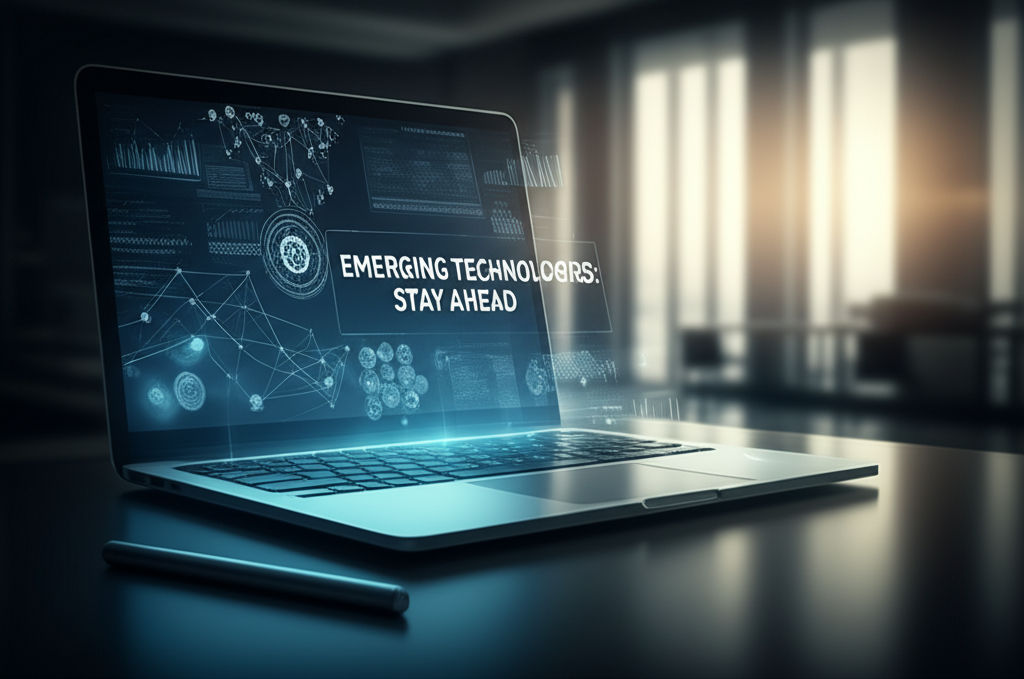
June 9, 2025
Emerging Technologies: Stay AheadUnlock the power of emerging tech like AI & Blockchain. Learn to adapt & thrive in a rapidly changing world with this essential guide.
Emily Willis

June 8, 2025
Quality Control: Ensure Business ExcellenceDiscover how quality control is the cornerstone of business excellence, ensuring consistent value, strong reputation, and a sustainable future.
Emily Willis
Economy
View AllBeyond crypto hype: Understand digital asset economics. Learn core principles like supply, demand, scarcity & utility to navigate the market wisely.
Read MoreDemystifying private equity: Understand its surging influence, how it reshapes industries & economies, and its impact on modern capitalism.
Read MoreFintech innovation is reshaping finance. Unlock a new era of accessible, efficient, and personalized financial services with digital banking & AI.
Read MoreEntertainment
View All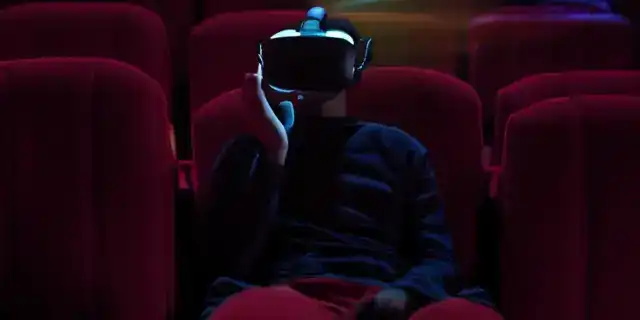
August 4, 2024
The Future of Cinema: Trends in Film Production, Distribution, and Audience Engagementthe ever-evolving landscape of cinema, driven by technological advancements, changing audience preferences and innovative storytelling approaches. The exhibition explores trends such as digital filmmaking, virtual production, the dominance of streaming services, hybrid release models, and the revitalization of cinemas.
Emily Willis

July 6, 2025
EVO Homestead FunEVO Homestead Fun: Embrace the joyful evolution of modern homesteading. Discover sustainable living, practical tips, and fun for the whole family.
Emily Willis
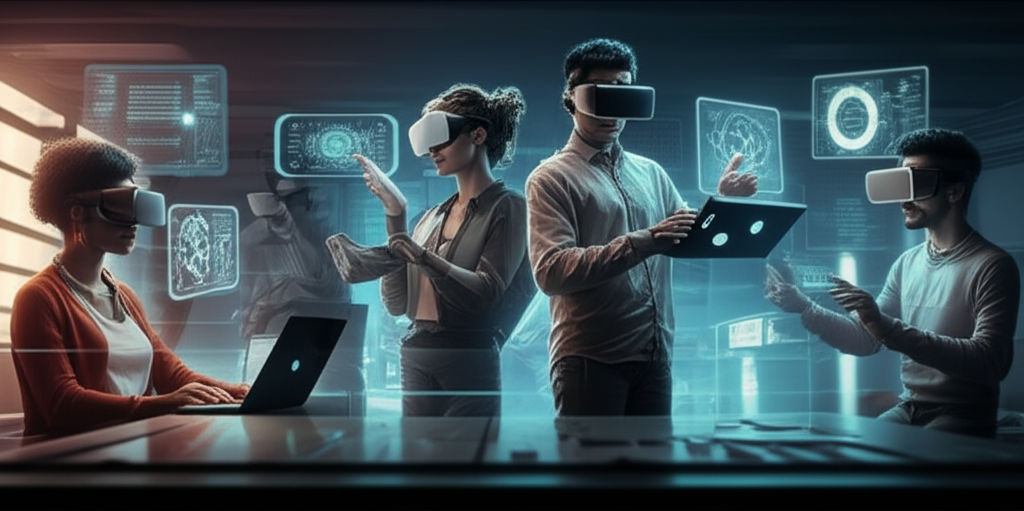
July 8, 2025
The Web Extreme PlaysDiscover 'The Web Extreme Plays': thrilling online sports, virtual worlds, and risky viral challenges. Explore digital extremes for fun & safety.
Emily Willis
Health
View AllUnlock your potential with IU Health careers! Find diverse jobs, great benefits & a supportive culture at a top healthcare system.
Emily Willis
Explore Baptist Health Little Rock, Arkansas's leading healthcare network. Over a century of compassionate, innovative, patient-centered care.
Emily Willis
The healthcare landscape is being transformed by technological advancements, with telehealth and remote care providing convenient access to healthcare services. Artificial intelligence is revolutionizing diagnostics, personalized medicine, and drug discovery. Wearable technology is empowering patients to take control of their health.
Emily Willis
Trending 🔥
View All
1
2
3
4
5
6
7
9
10
Lifestyle


Sports
View AllAugust 5, 2024
Sports for Social Good: Promoting Diversity, Inclusion, and Community Engagement
Read MoreTechnology
View All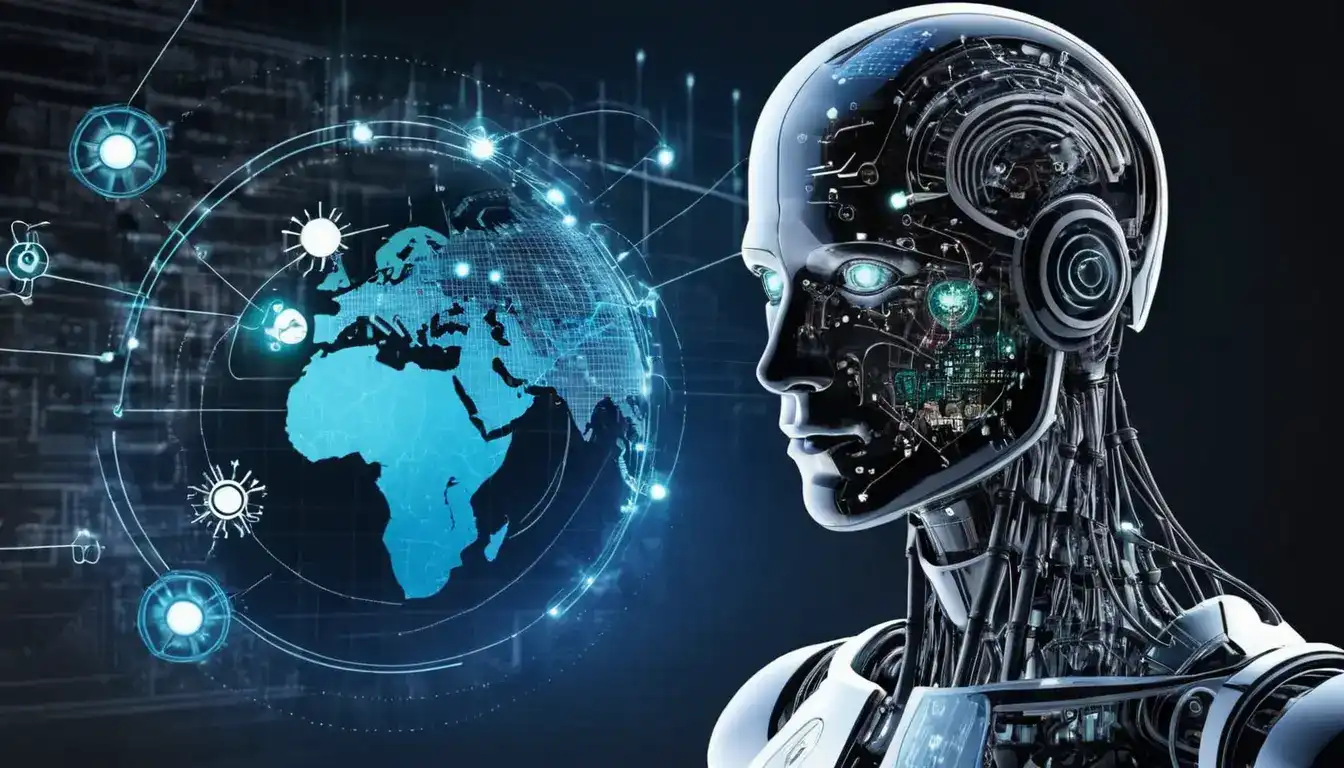
August 5, 2024
AI Applications that are Changing the World Around Us
Artificial Intelligence (AI) is no longer a concept from science fiction, but a reality that is reshaping the world around us. From virtual assistants to self-driving cars, AI is making significant impacts in various industries such as healthcare, education, transportation, and agriculture. AI is also being used to address environmental challenges and enhance customer experiences.
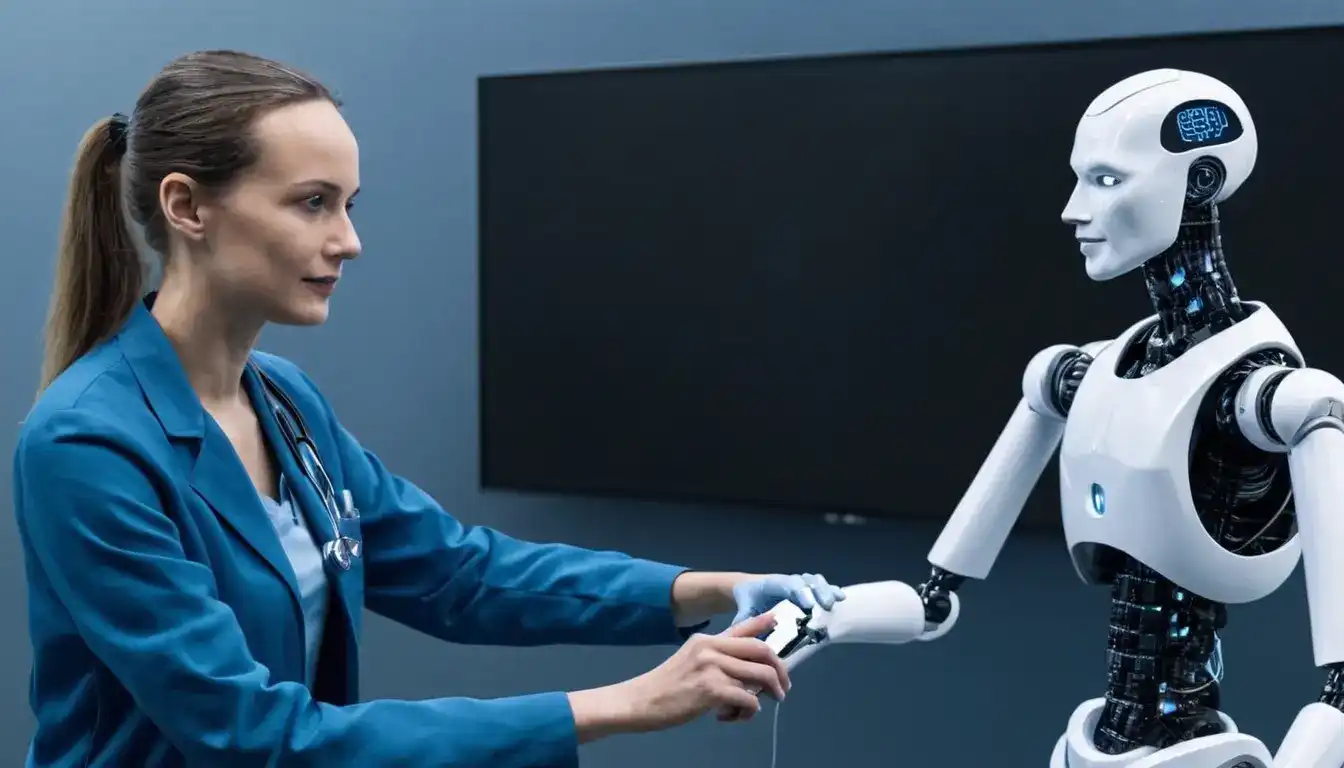
August 4, 2024
Revolutionizing Healthcare with Artificial Intelligence: Current Trends and Future Prospects
Artificial Intelligence (AI) is transforming the healthcare industry by improving diagnostic accuracy, personalizing treatment plans, and accelerating drug discovery. AI applications in diagnostics, imaging, patient care, and drug development are enhancing efficiency and patient outcomes. However, ethical considerations such as data privacy and algorithm bias must be addressed. The future of AI in healthcare looks promising with advancements in natural language processing, robotic surgery, and remote patient monitoring. Embracing AI technologies responsibly will lead to a more accessible, efficient, and patient-centered healthcare system.
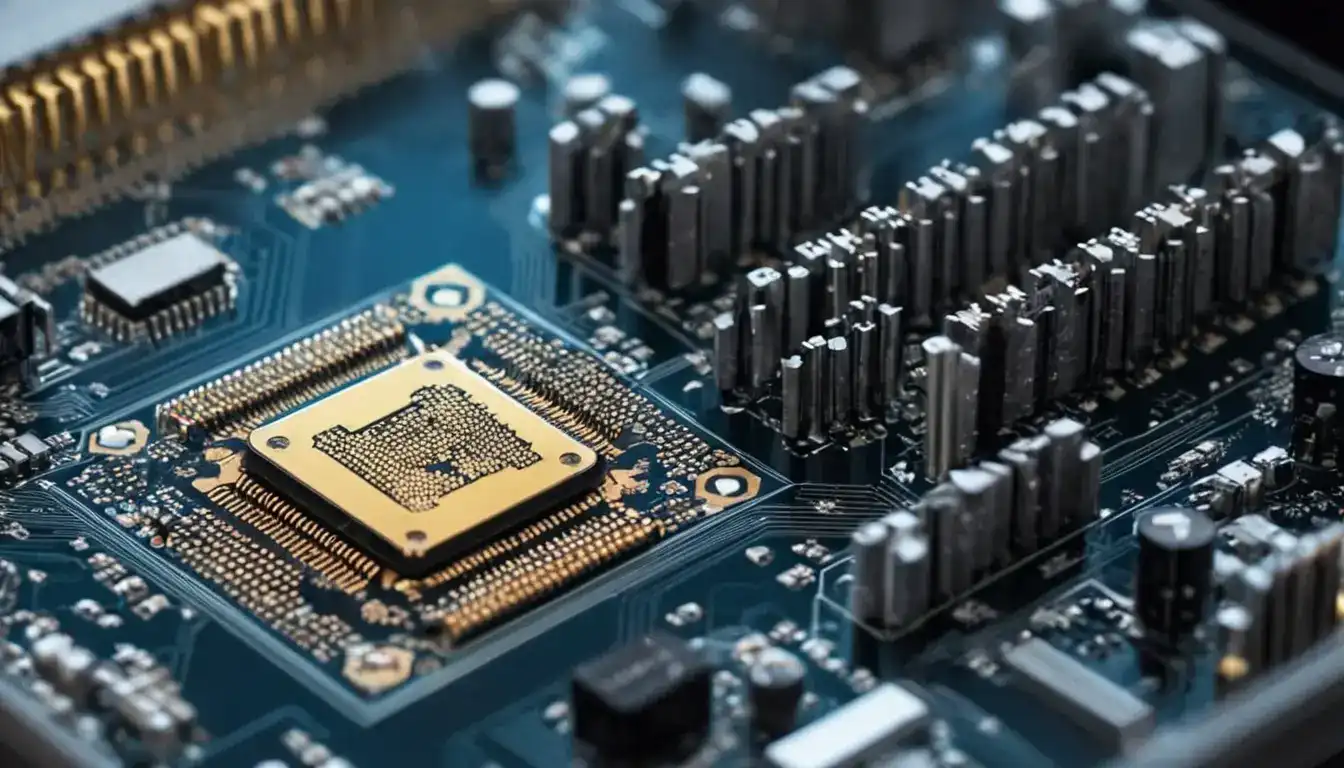
August 4, 2024
Exploring the Potential of Quantum Computing in Modern Technology
Quantum computing is a revolutionary technology that uses quantum bits, or qubits, to process information. It has the potential to solve complex problems, revolutionize cryptography, accelerate drug discovery, optimize complex systems, and enhance artificial intelligence.
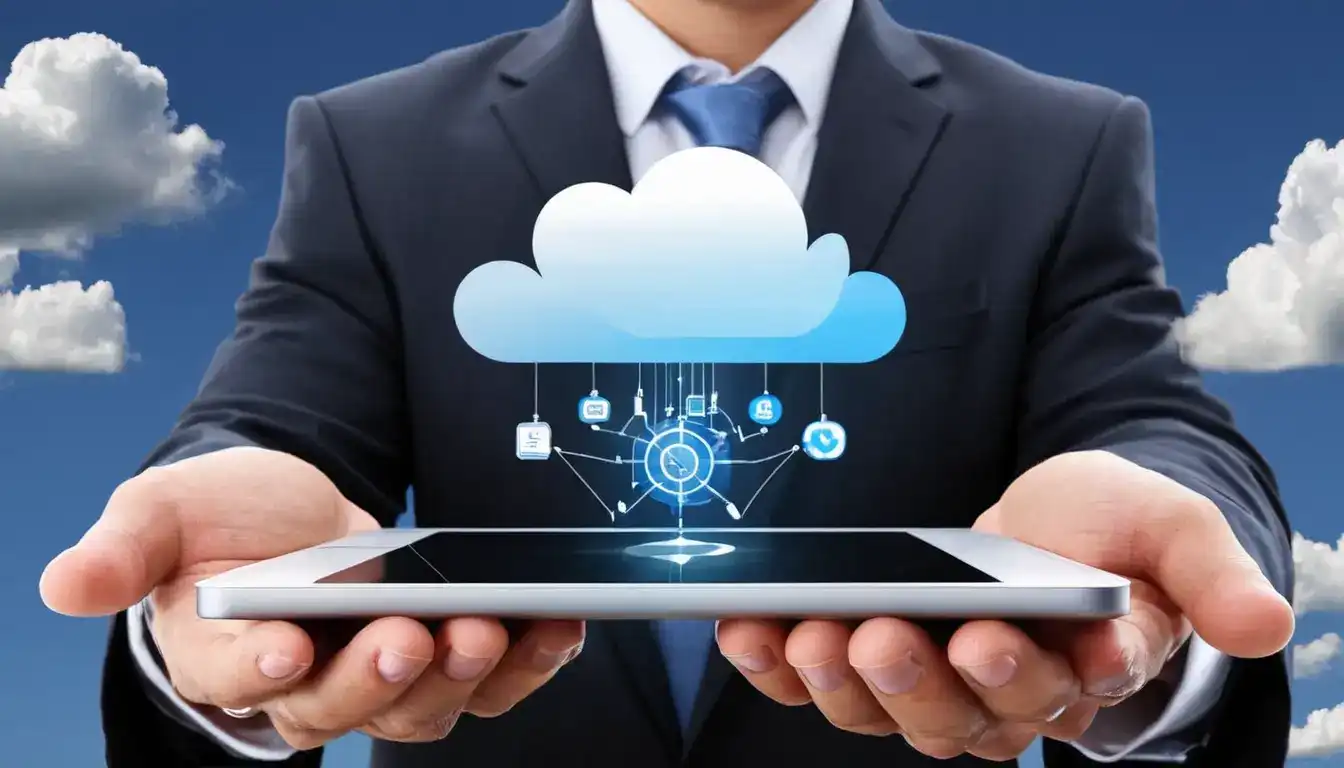
August 4, 2024
Role of Cloud Computing Technology in Modern Business
Cloud computing technology has become essential for modern businesses, offering cost efficiency, scalability, and flexibility. It enables streamlined processes, enhanced productivity, and improved collaboration among employees. Cloud computing also ensures data security, disaster recovery, and business continuity. By migrating to the cloud, businesses can streamline IT operations, enhance customer experiences, access advanced technologies, and reach a global audience. Real-world applications of cloud computing include e-commerce, healthcare, financial services, manufacturing, and education.


